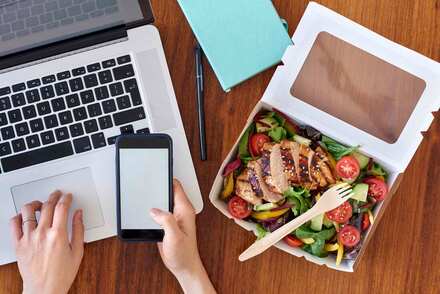 As the pandemic continues, hybrid work arrangements look like they may be here to stay for many – if not most – companies around the country. Global research indicates that 72 percent of corporate leaders plan to offer hybrid models of working. How might your restaurant meet the moment? If your dine-in business lunch traffic continues to be low, could your business find a new way to attract the guests who used to come to you? Panera, for one, has been acting on a new strategy aimed specifically at remote workers. They are offering scheduled group ordering, as well as catering for companies with workers in different places. At a time when companies are trying to navigate how to maintain camaraderie across employee teams that may only see each other for a few days each week in satellite offices, offering a regularly scheduled catered lunch might be an appealing way to make the most of the time employees spend face to face. Or, you could target the large population of consumers working from home. The World Economic Forum said recently that up to 20 percent of the U.S. entire workforce will continue to work from home permanently, up from 5 percent pre-pandemic. If you’re located in an area with condominium complexes where people are apt to be continuing to work from home, offering a scheduled building-wide delivery might enable you to attract lunchtime traffic – even if it’s not in your dining room According to a recent poll from global data intelligence firm Morning Consult, 59 percent of Americans now say they feel comfortable eating at a restaurant. So as pandemic-related dining restrictions are lifted and consumers look for more in-person dining experiences, where does this leave ghost kitchens? In the near future, some ghost kitchen operators that didn’t start as brick-and-mortar locations may have greater challenges in getting the word out about their brand. Others like C3 are even considering reverse-engineering into small physical locations – how quickly times change. But delivery isn’t going away, and though we can hope there won’t be another pandemic any time soon, business disruptions happen and restaurants need to have plans in place to manage both large and small challenges that arise. Regardless of what portion of sales you generate from off-premise business, the big lesson of the pandemic may be to build a business model that can flex as much as possible – and to adopt the tools that enable quick pivots. For restaurants, that could mean having some kind of customer-facing physical presence (even just a small brick-and-mortar location or food truck) to keep the brand interesting and front-of-mind for consumers, ensuring that every square foot of your real estate footprint is paying for itself, leaning on delivery to scale business up or down in response to a range of conditions, and adopting technology that can help you adjust staffing, inventory and menus on short notice.
When you think of top-notch restaurant service, it probably doesn’t look like it did in early 2020. It’s yet another aspect of the restaurant experience that operators have had to reinvent. If you consider your menu alone, your ability to provide the kinds of options customers want is key to providing the kinds of memorable experiences that bring them back. Food trend specialists Innova Market Insights produces an annual report of top 10 trends for the year based on responses from consumers around the world. In their latest report, half of the trends listed are about the need to inform customers about the foods they are eating, explain what health-related benefits they can provide, and offer the option of customizing foods to particular dietary needs and preferences. The research found that 60 percent of global consumers care about where their foods come from – and if they meet key ethical, environmental and clean-label standards. They put their money toward the businesses that meet those standards: 64 percent of consumers surveyed said they have found more ways to tailor their life and products to their individual style, beliefs and needs. They support restaurants that can find ways to bring the restaurant experience home to them with restaurant-branded products, meal kits and sophisticated ingredients to go. And not so surprisingly in a pandemic, consumers are increasingly interested in their immune health and eating foods that meet their individual nutritional needs: 60 percent of respondents are increasingly seeking out food and beverage to support their immune health – with one in three saying their concerns about immune health increased in 2020 over 2019. When you consider your menu, look at it through the lens of consumer transparency and customization. What equipment and cooking processes will enhance not only the taste but also the nutritional value of the food you’re preparing? How can your technology help you proactively select suppliers you’re proud to promote to customers? How can your access to real-time inventory information help you prepare more dishes with fewer ingredients while also adapting to a range of nutritional needs? What special aspects of your menu are specific to your brand and can be packaged up and enjoyed at home?
Like constant change? Probably not. Even for those who are more comfortable with change, the past year has likely forced too much of it. But what if you could adjust your mindset and your business so that you could better weather, anticipate and (perhaps) even welcome change? A September TD Bank survey of 250 restaurant operators around the U.S. aimed to take the pulse of the industry and find out what strategies have worked for restaurants that have managed to succeed in such a tumultuous year. Three key findings emerged: Off-premise sales are critical and restaurants need to be able to accommodate them (particularly via such consumer conveniences as mobile ordering and delivery). Payment methods including mobile, online and contactless are helping restaurants encourage consumer confidence. Finally, many of the traditional physical characteristics of restaurants are changing to accommodate drive-thrus and pick-up areas, shift to ghost-kitchen formats and decrease overall footprints. So how can this information help restaurants set themselves in a more powerful, less reactionary position for the future? First, scrutinize your off-premise menu and sales to ensure they are practical and profitable. Then adjust. Get comfortable trying new ideas regularly – it will not only help you see what works and what doesn’t, but it will also give you something new to promote to customers. Next, evaluate your payment methods: Do they help you limit face-to-face interactions with customers and also enable you to expedite payment and get a faster, clearer picture of your sales? Finally, take advantage of this time of disruption. Look for new partners and investors, and talk to bankers, landlords and suppliers to identify opportunities to secure more beneficial arrangements.
The pandemic has put restaurant packaging under a magnifying glass. That will only increase this winter, with fewer (if any) dine-in guests in your restaurant. Your packaging is what ensures the experience of eating your food is as good at a distance as it is in your dining room. Is yours up to the task? The materials you’re using – as well as your to-go menu – should be adjusting to the times. If items your restaurant is known for don’t travel well – like burgers and fries – make new packaging a priority. While the pandemic has posed seemingly endless challenges for the restaurant industry, it has also sparked innovation – including the development of new packaging options (along with new uses for existing packaging, like paella being delivered in pizza boxes). Eco-friendly options are on the rise right now – and will likely again be more of a consumer demand as we emerge from the pandemic, which has caused many restaurants to return to plastic and Styrofoam packaging for the short term. If you’re making packaging changes right now, consider packaging made from biodegradable materials or easily renewable sources like bamboo, as this report from Stylus explains. As the distribution of the vaccine makes life feel safer, you may also be able to return to reusable containers that guests can return and refill. A recent McKinsey report said post-pandemic, packaging companies will need to think about three requirements going forward: sustainability, hygiene and effective direct-to-consumer design. Restaurants should have a growing number of packaging options available to help them perfect the off-premise experience.
The winter weather will mean customers will be more apt to lean on restaurant delivery – and third-party delivery apps – to get the food they crave. But as a recent New York Times article reported, “restaurants have quickly found that the apps, with their high fees and strong-arm tactics, may be a temporary lifeline, but not a savior.” That’s especially true when an app can charge fees surpassing 30 percent per order and take customer data along with them. In 2021, how can you set yourself up to encourage your customers to come to you directly when they want to order from your restaurant? If you can’t divert waitstaff to delivery duty, use a third-party provider as a courier service only (which typically involves paying a payment processing fee and delivery fee but not losing any customer data), or make it more appealing for guests to collect their orders. In every bag to be collected by a third-party vendor, include a coupon good for a pickup discount – along with an explanation about how third-party fees are impacting restaurants right now. Offer rotating specials that are only available through orders placed via your website. Finally, use your social media and website to directly urge customers to come to you. Reinforce how much they will save on fees by simply collecting an order from you or (if possible) having you deliver it to them directly. Explain the difference side by side and tell them how much money your business makes or loses depending on how an order is placed – sometimes a consumer’s decision to use an app is not a conscious one and the person just needs to be reminded of how you’re feeling the difference. Your customers have surely seen some of their favorite restaurants close in recent months – and they want to see you survive and thrive. Tell them how to place orders that can best support you right now.
Your take-away menu is carrying a lot of weight these days. It needs to offer a sufficient range of items to satisfy guests (though not so many that you overwhelm them with choices or generate waste). It must communicate the experience of eating these items (but without too many words). And it must accomplish this all without the person ever having to walk through your doors to experience your brand. Chances are we’ll be looking at another several months of dining room restrictions and being limited to take-away and delivery – particular during the winter months, when it can be hard to get people to come out even in normal years. So give your menu a reality check now. Aside from organizing items by category, ensuring everything travels well, explaining options with a handful of carefully chosen words that help communicate the texture, freshness and aroma of an item, and including appealing photos, try to add some intrigue. Beyond your popular standbys, think about what regular tweaks you can make that will entice people to come back and see what creative menu items – or even new categories – you are offering. New research from Postmates, for example, found that sales of family meals had climbed 175 percent and alcohol sales 49 percent over last year. Special occasions have resulted in food and beverage spikes too: National Ice Cream Day in July led to a 118 percent increase in ice cream sales, and Election Day resulted in sharp increases of orders of pizza, alcohol, cupcakes and ice cream. Clearly this is a year when people crave comfort. What kind of comfort can you cook up for upcoming occasions this winter?
Restaurant industry analysts have said that in a period of just a few months, the pandemic has thrust the ghost kitchen market several years into the future. As more ghost kitchens come into the market, traditional operators may need to adapt to shifting budgetary needs and consumer expectations. A Restaurant Dive article reported recently that Peter Schatzberg, founder of Dubai-based Sweetheart Kitchen, said while a typical restaurant processes 15 to 20 delivery orders per hour, a ghost kitchen can process 60 orders – and with a single employee. If ghost kitchens increasingly demonstrate such economies of scale – by churning out orders quickly to more customers, with fewer staff, working from real estate occupying a smaller footprint – it will likely change the game for restaurant operators offering delivery from their traditional kitchens. How could your restaurant adapt?
Even before the pandemic, ghost kitchens were on the rise for their ability to ensure faster, less expensive food preparation and more efficient delivery to customers looking for off-premise dining options. Now, many restaurant operators are looking at ghost kitchens as a critical way forward at a time of great uncertainty for the industry. They may be on to something: Recent research from Euromonitor found that the global market for ghost kitchens could reach $1 trillion by 2030 – and in the process, capture big slices of industry segments including drive-thru sales, take-out foodservice, ready-to-eat meals, pre-packaged cooking ingredients, dine-in foodservice and packaged snacks. But when you’ve been running a traditional brick-and-mortar restaurant, what actions (and investment) are required to pivot to the ghost-kitchen model? Food distributor US Foods is aiming to give operators a hand with that transition through its newly launched US Foods Ghost Kitchens program. The company promises that for an average start-up investment below $5,000, they can help operators open a ghost kitchen concept in about three weeks and achieve an average profit margin exceeding 35 percent. The program includes market research, marketing support, a digital technology framework, menu optimization and management guidance.
As restaurants have struggled to accommodate the need for meal delivery during the pandemic, a number of cities have stepped up to limit the steep fees third-party delivery providers can charge. Restaurant Business reported in late July that Philadelphia – which had just joined the effort alongside cities including New York, Los Angeles, San Francisco, Oakland, Portland, Ore., and Washington, D.C. – would immediately cap total fees on delivery orders at 15 percent. The report said delivery commissions could not exceed 10 percent of the order total, and separate nondelivery fees could not surpass 5 percent – until 90 days after the end of the current public health emergency. As for what happens in other cities, and, for that matter, across the country after the threat of this pandemic passes, restaurants need to dissect their data and understand their customer base so they can negotiate the best terms of third-party contracts. Even with the major providers, there is room for small restaurant brands to bargain – particularly as provider consolidation remains likely. This Fast Casual report (https://bit.ly/33vocmi) provides some tips about the best ways to secure a fair deal with third-party companies – including what you should know about your profits, customer habits and existing ordering channels to get the best leverage when negotiating an agreement. If you think in-house delivery might work for your restaurant with a little guidance, you can also check out the Native Delivery Best Practices Work Group, an effort launched by the Restaurant Technology Network.
|
Subscribe to our newsletterArchives
April 2024
Categories
All
|
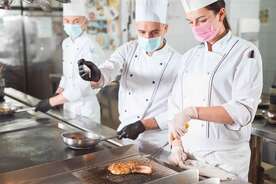
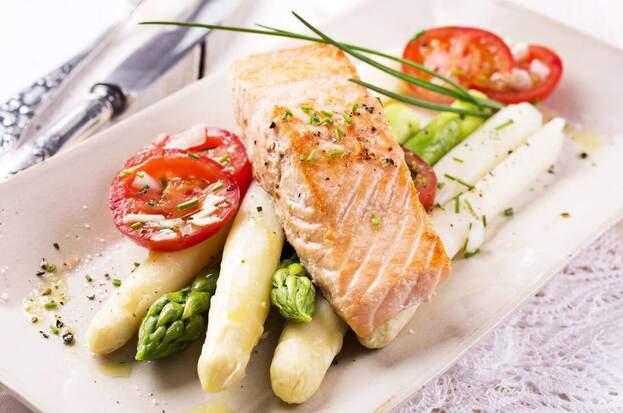

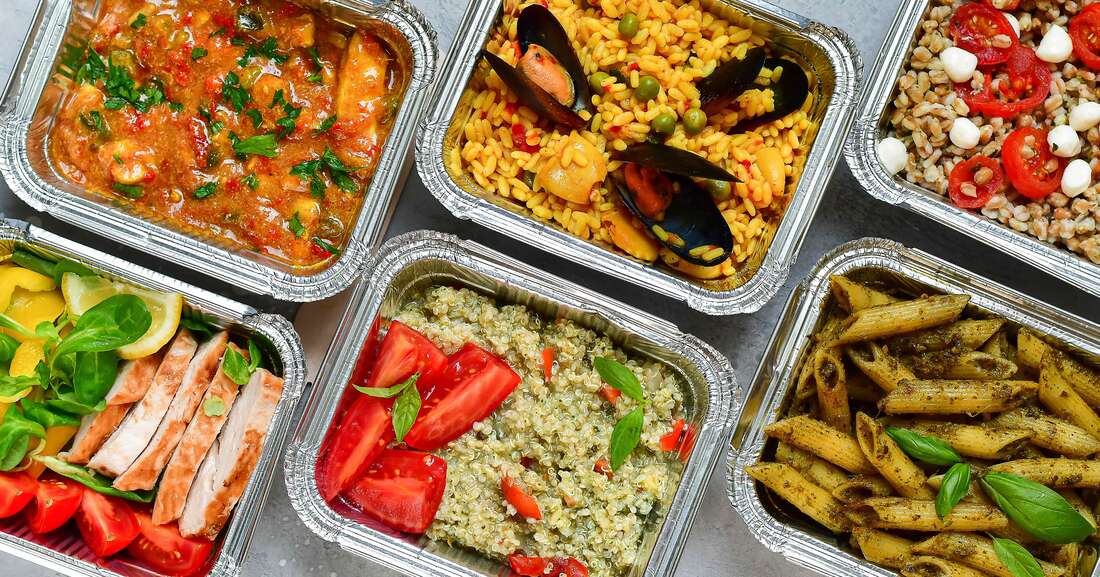

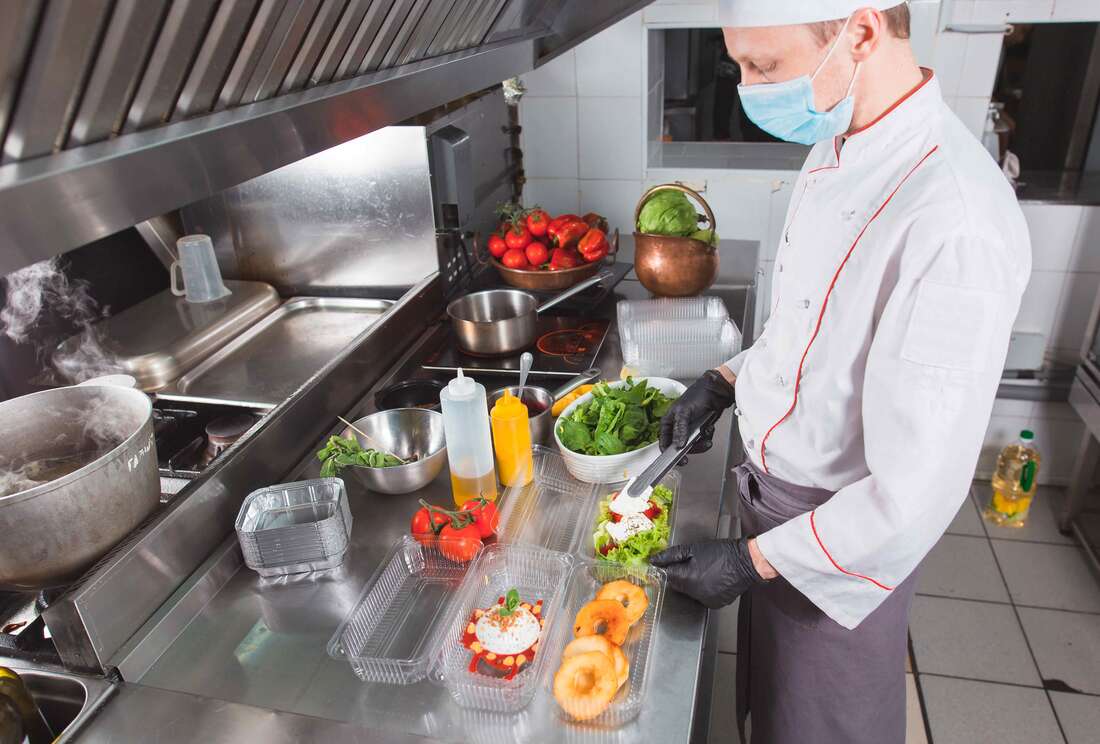
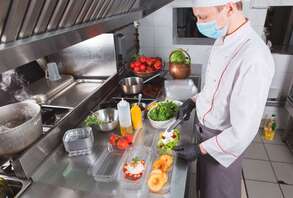
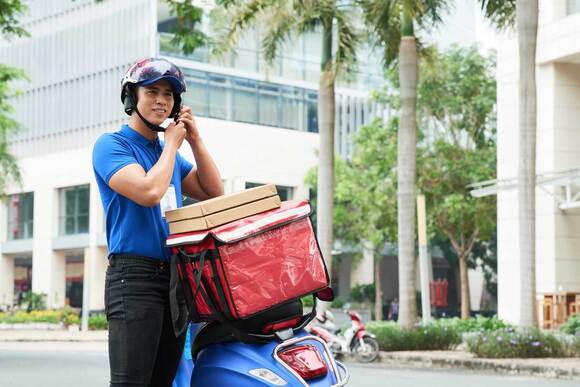

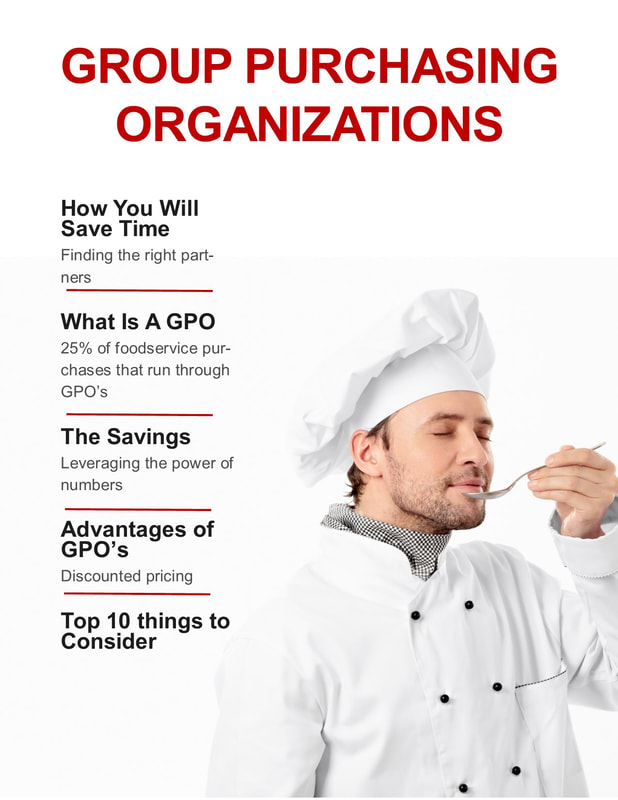

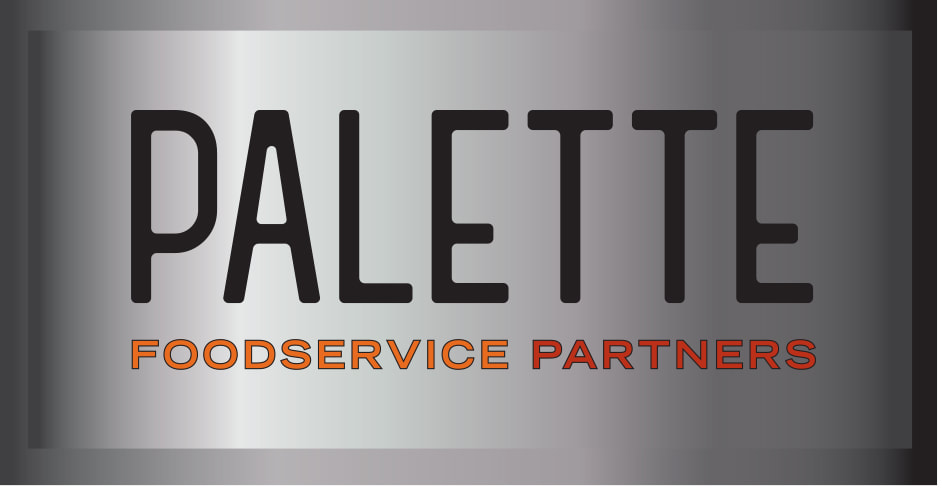
 RSS Feed
RSS Feed